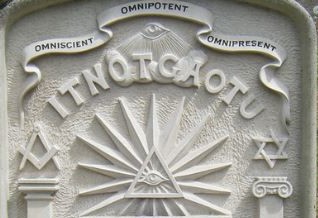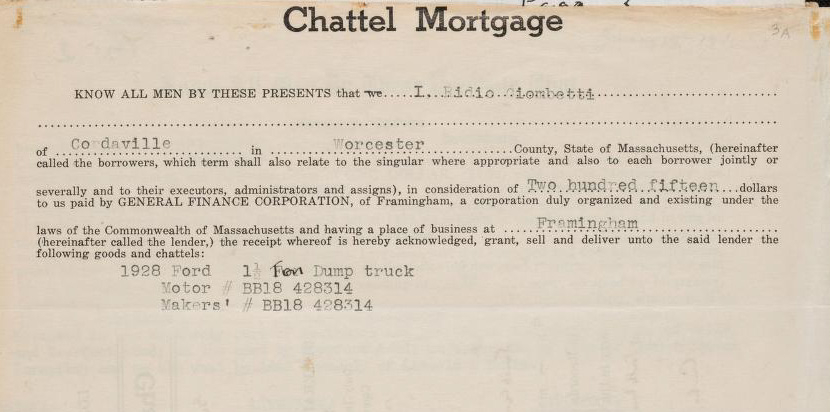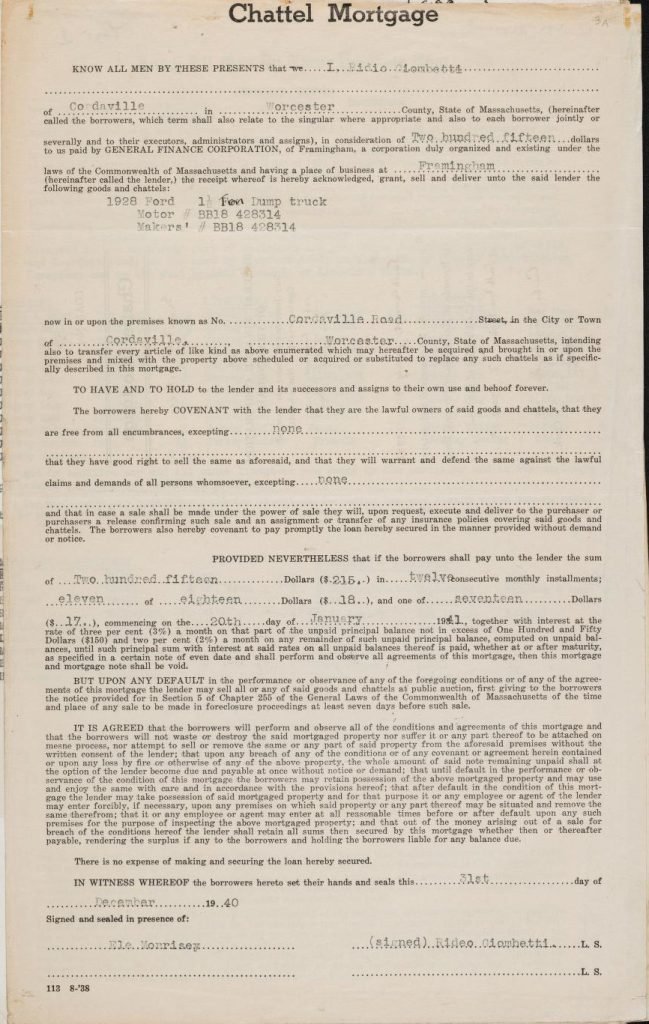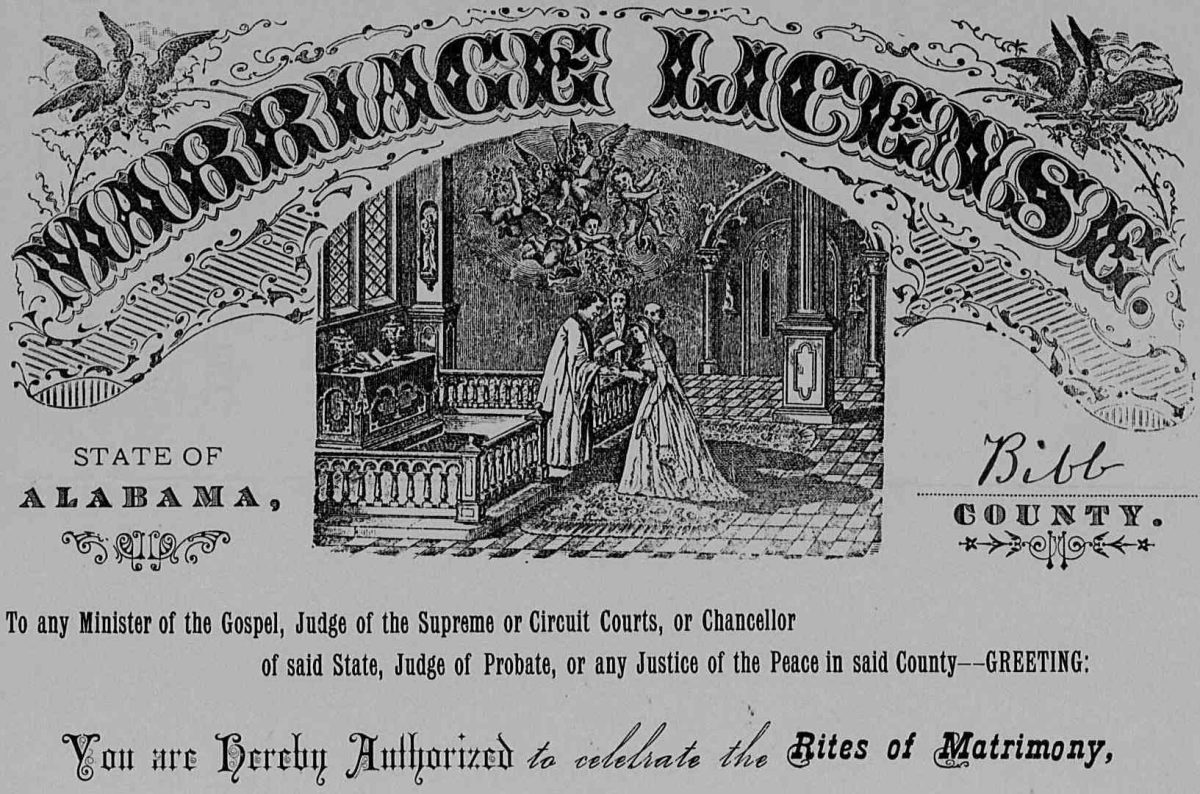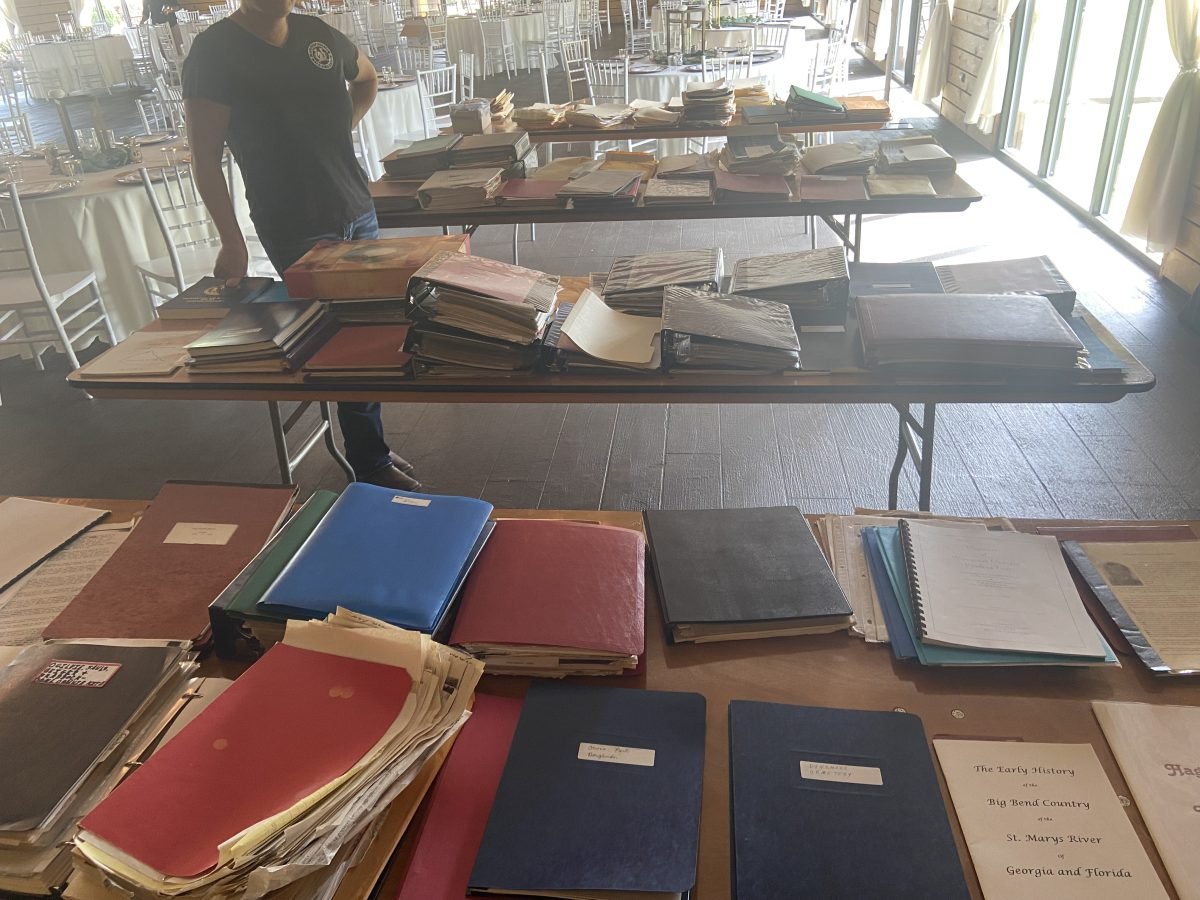For anyone researching their American ancestors, understanding the historical context of record-keeping is crucial. Among the most significant shifts to grapple with is the adoption of the Gregorian calendar—a change that literally altered how dates were recorded. This calendar reform, which took place in England and its colonies in 1752, profoundly impacts genealogical research in the United States because it not only rearranged how time was measured, but also eliminated a sequence of days. Tracing your ancestry in the U.S. often means navigating this temporal shift and learning to interpret historical records with a sharp and informed eye.
From Julian to Gregorian: A Timeline of Reform
The need for a new calendar system arose from inaccuracies in the Julian calendar, which had been in use since its institution by Julius Caesar in 45 BCE. The Julian system calculated a year as 365.25 days, adding a leap day every four years. Over centuries, this approximation caused seasonal drift. By the late 16th century, the spring equinox had shifted considerably from its intended calendar date, prompting the Catholic Church under Pope Gregory XIII to correct the drift. In 1582, the Gregorian calendar was introduced in parts of Europe under papal authority, removing several days to realign the calendar with the astronomical seasons.
However, Protestant countries—including England—resisted what they saw as a “papist” invention and continued using the Julian system. England and its American colonies finally adopted the Gregorian calendar much later, in September 1752. By that time, 11 days had to be cut to catch up with Europe, which had made the transition nearly two centuries before.
Missing Days: The Great Calendar Adjustment
When England and its colonies switched to the Gregorian calendar, people went to sleep on Wednesday, September 2, 1752 (Julian calendar), and awakened the next morning on Thursday, September 14, 1752 (Gregorian calendar). Those 11 days—September 3 through September 13—were simply skipped. This dramatic jump ensured that the calendar would once again align with the seasons, but it also introduced considerable confusion for anyone living through the change. Society adjusted—albeit with some initial resistance and reported disputes over wages and rent—but the long-term benefit was a more accurate timekeeping method that matched the solar year more closely.
Implications for Genealogists
For genealogists, the adoption of the Gregorian calendar in the United States is much more than a historical footnote. It’s a critical piece of interpretive knowledge. When reading older documents—such as birth, marriage, death, or land records—understanding that pre- and post-1752 dates may follow different calendars helps ensure accurate interpretation. A record dated “September 10, 1752” in a family bible may raise eyebrows, since that date technically did not exist in the English colonies. It’s possible that the record keeper was using an Old Style (Julian) system, was unaware of the official shift, or was making a note retrospectively and simply recorded the event according to their own recollection or convention.
Because of these missing days, genealogists must know whether the document they are examining uses the Old Style (O.S.) Julian dates or the New Style (N.S.) Gregorian dates. Many genealogical resources and historical references now annotate dates from the period of transition with “O.S.” or “N.S.” to help researchers understand which system is being used. If such markings are absent, the genealogist must delve deeper into the historical context, noting the location of the record, the date range, and the prevailing practice of the colony or state at that time.
Research Tips for Navigating the Calendar Shift
- Check the Context: Determine if the record you’re examining predates or postdates September 1752. For records created before this date, you may be dealing with Julian (O.S.) dates, while those generated after are likely Gregorian (N.S.).
- Look for Clues in Handwritten Records: Some family bibles, church registries, and official documents may have annotations. Entries such as “O.S.” or “N.S.” can be invaluable in pinpointing the actual date.
- Use Contemporary Histories and Guides: Many genealogical reference books detail the calendar shift and provide strategies for correlating dates. Consulting well-researched historical accounts can help clarify any confusion.
- Consider Regional Variation: Although England and its colonies adopted the Gregorian calendar in 1752, other places around the globe switched at different times. If your family research extends to non-English colonies in North America or beyond, be aware that similar calendar changes occurred on different schedules.
The Legacy for Modern Genealogy
The missing 11 days in 1752 and the transition from Julian to Gregorian dating underscore the complexity of historical chronology. For genealogists, mastering this complexity is a key aspect of ensuring accurate family histories. By understanding why these calendar systems differed, acknowledging that not all documents and record keepers updated their methods simultaneously, and carefully verifying dates, genealogists in the U.S. can make sense of their ancestors’ timelines and compile narratives that stand the test of time.
In short, the adoption of the Gregorian calendar represents one of those subtle but powerful shifts in history that changed the way days and years were recorded. Recognizing this change is essential for anyone tracing their ancestry —just as the calendar itself was reformed to achieve greater accuracy, genealogists must refine their methods to accurately interpret the past.




